Disclosure requirements of a landlord in residential property
by Ivy Casquejo
In March 2021, a reform on rental laws has been enacted that effectively requires the landlord to disclose certain matters to the potential tenant prior to signing a lease agreement. The changes help the tenant to make an informed decision before deciding to rent the property. The disclosure requirement for the landlord varies based on jurisdiction and specific circumstances of the rental property, whether residential or retail. For the purposes of this blog, we will be talking about the residential landlord disclosure requirements in Victoria.
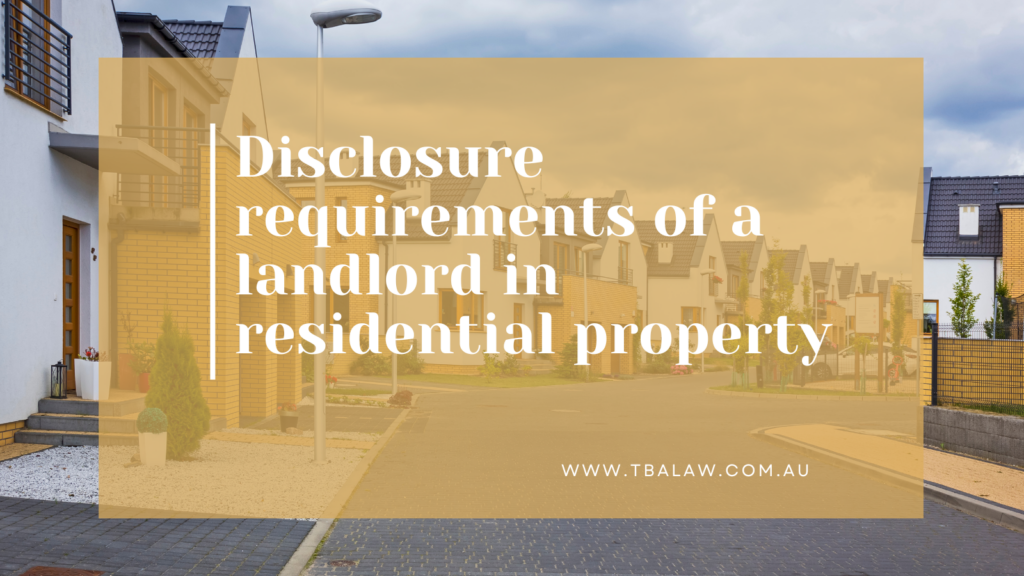
What is a disclosure statement?
A disclosure statement is a document that a landlord must give to a potential tenant when entering into or renewing lease. This document outlines the pertinent information the potential tenant should be aware of regarding their intended lease. Disclosure statement is usually an outline statement that the tenant can easily understand regarding the condition of the property, safety and risks, and other matters the renter may need to consider. This will ensure to make the renting fairer and protect the interests of both parties.
Division 1B of the Residential Tenancies Act 1997 provides that the landlord must disclose the following information to the tenant:
(a) Whether the property is on the market for sale, or in the process of being sold. This means if the residential rental provider has engaged an agent to sell the rented premises or prepared a contract of sale, that there is a proposal to sell the rented premises;
(b) Whether the property is to be repossessed under a mortgage. This is when a mortgagee has commenced a proceeding to enforce a mortgage over the rented premises or that a mortgagee is taking action for possession of the rented premises;
(c) Whether the landlord is not the owner of the rented premises. If so, landlord must have a right to let the rented premises;
(d) if the rented premises are supplied with electricity from an embedded electricity network, the landlord must provide the prescribed details of the embedded electricity network. An embedded electricity network is where a privately owned and managed network supplies power to all the properties in a single building or development. For example, if homes are in an embedded network, tenant may have to buy their electricity from that network, and changing to another retailer may be difficult and costly.
(e) any other prescribed information in relation to the rented premises like any crime committed in the rented property in the last five years or if the premises is affected by a building or planning application or subject to building notice or if the premises contains asbestos.
The landlord may face a heavy penalty if they fail to provide the disclosures before entering into a lease agreement. It is an offence for a landlord not to make these disclosures before signing a rental agreement. A penalty of 60 units may be imposed to landlord who fails to provide disclosure to their tenant. Thu, when it’s lease renewal or leasing time, we urge you to allow time to promptly complete the mandatory disclosure.
Should you need help in your lease document, please do not hesitate to contact us at admin@tablaw.com.au.

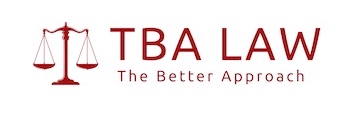
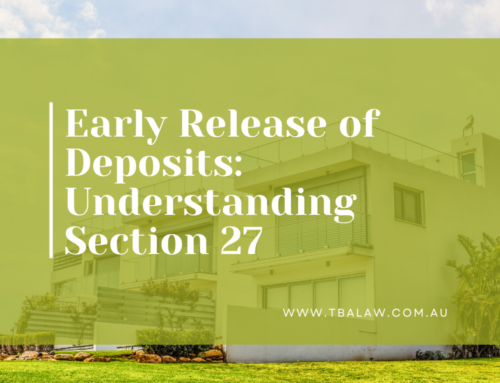

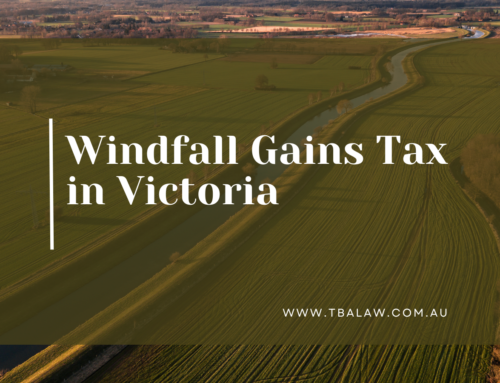
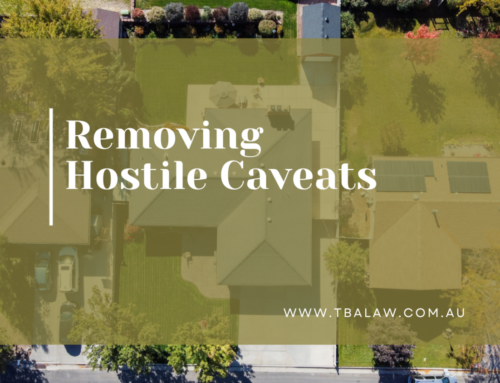
Leave A Comment